The walled garden at Winterbourne is looking lovely, especially in the lovely sunshine we have been having for the past few days. This weeks plants are all growing in the walled garden. They are Asters (or Michaelmas daisies) Calendula (or English marigolds) 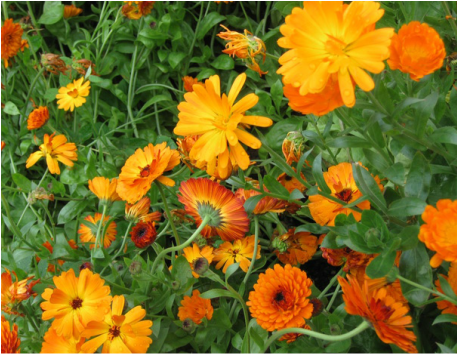 and Rudbeckias As you can see, the results are very similar: from left to right: Calendula, Rudbeckia, Aster. There is, in fact, more difference 'in the flesh' than appears in the photos, with the Asters giving the best colours and, as usual, the addition of an alkali in the form of washing soda, giving the strongest yellows, the iron modifier giving grey-greens and the copper mordant giving green and bronze-green. These colours are slightly more accurate: The first three (Calendula, Rudbeckia, Aster) are modified with iron, the second three (in the same order) are modified with washing soda and the final three are on a copper mordant.
0 Comments
August saw us using Goldenrod (Solidago), Valerian and Dahlias (we used dahlias back in March, I think it was, but they were frozen and we wondered if using them fresh, just as they were beginning to fade and be dead-headed, would make any difference). The goldenrod and valerian were cut up, soaked in cold water overnight then simmered for about an hour. The dahlia petals, without any other parts of the flowers, were soaked overnight in cold water and, as this produced a lovely red liquid, we heated it only gently and for a shorter length of time. The Results From left to right: standard colour, modified with acid, modified with alkali, modified with iron and with a copper (rather than alum) mordant: 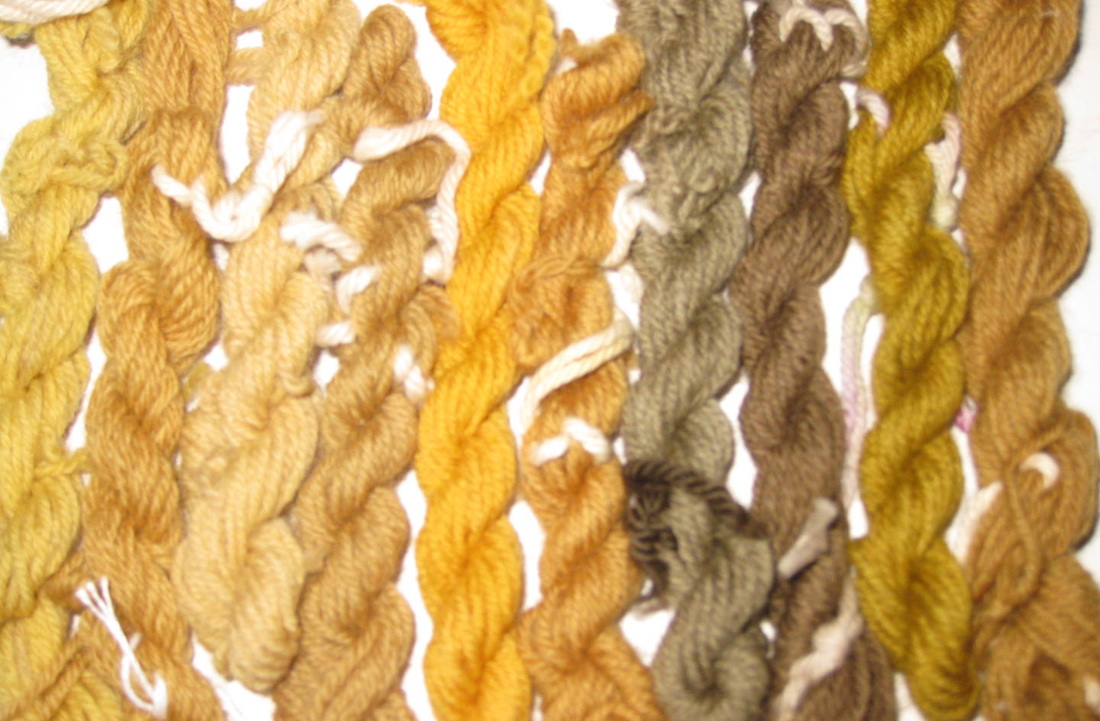 The fresh dahlias with the frozen ones to the right of each skein. Not very good photographs I'm afraid, the first photograph shows the green shades better but you can see that the frozen dahlia petals produced more brown shades. This is by no means an accurate comparison as the frozen dahlias were also heated for longer... |
Archives
December 2015
Categories |

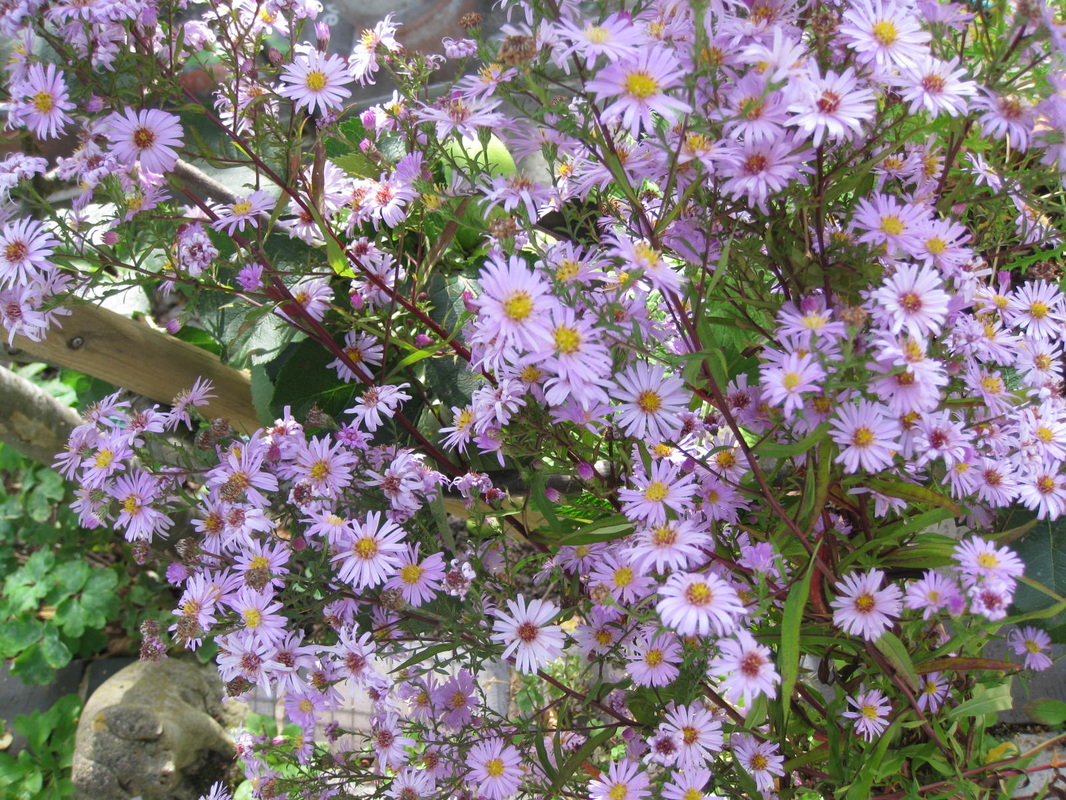
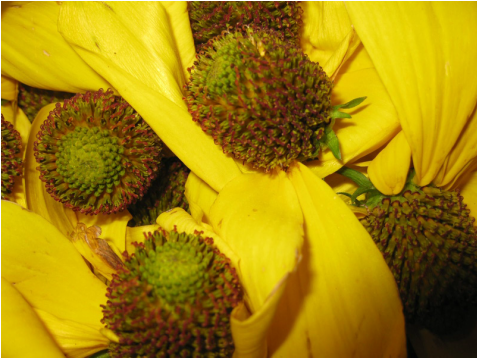
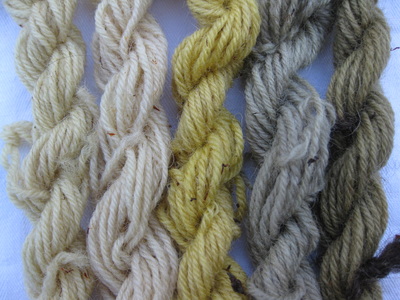
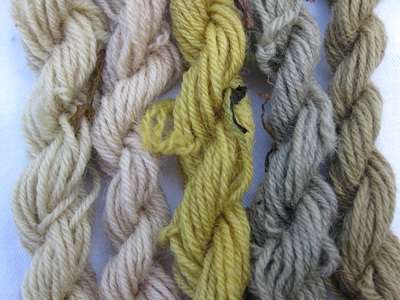
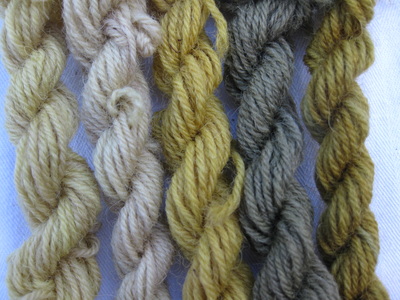
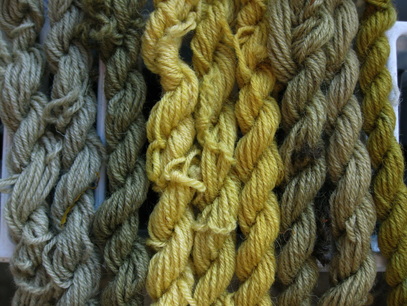
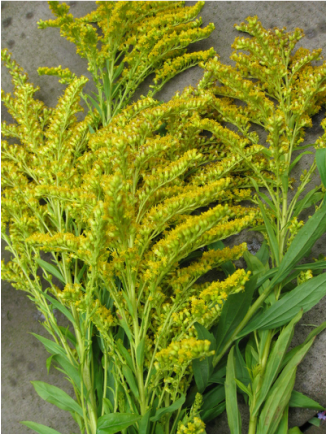
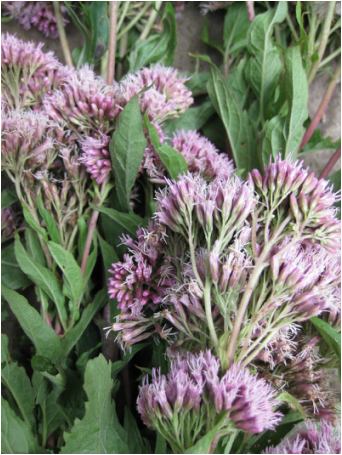
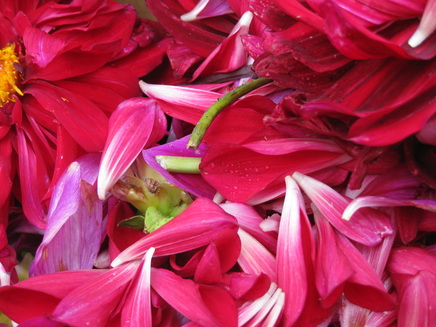
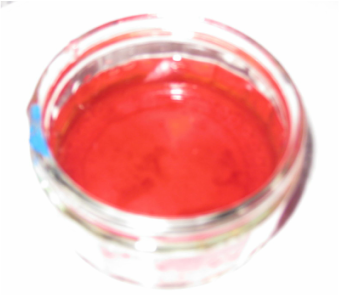
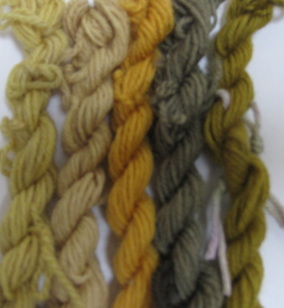


 RSS Feed
RSS Feed
